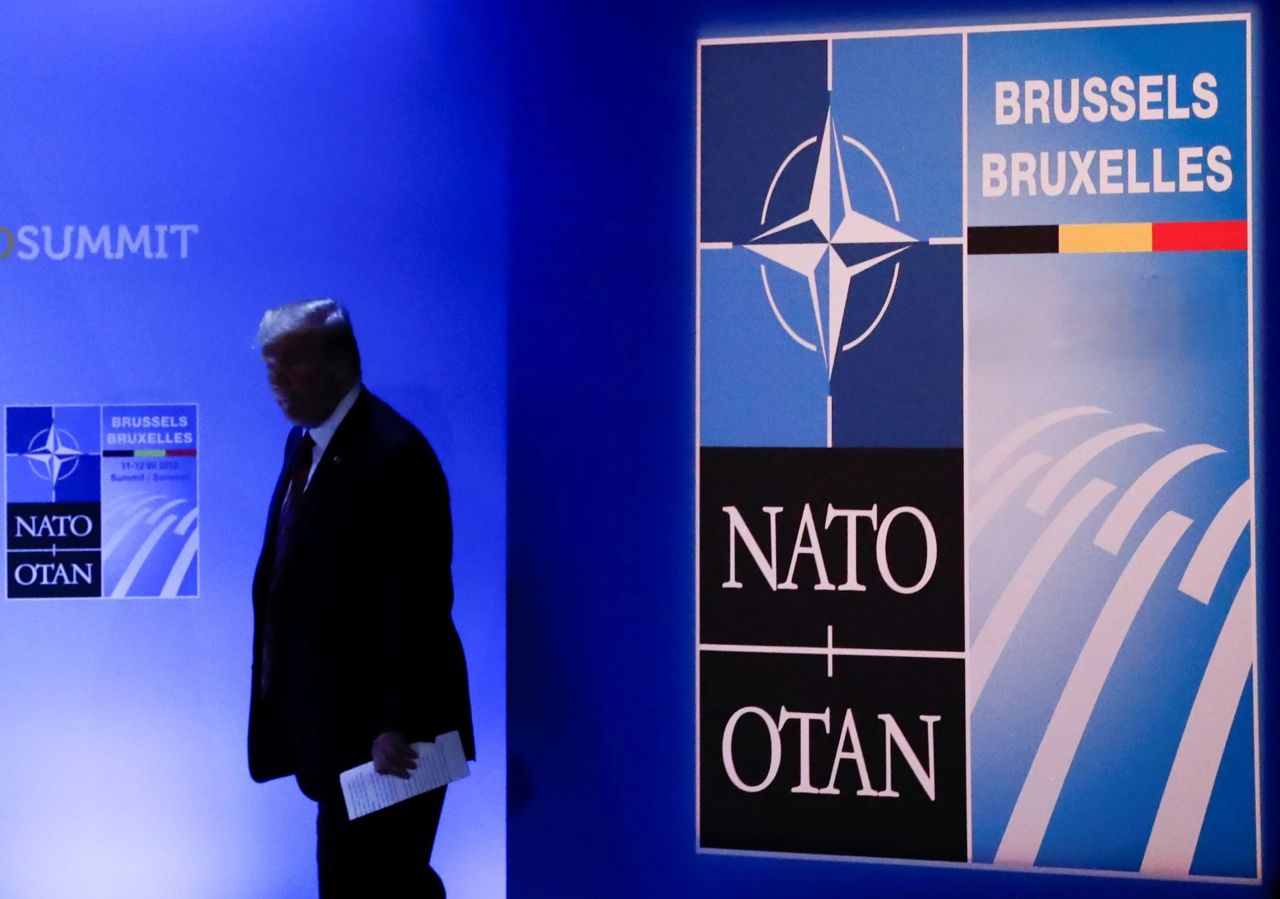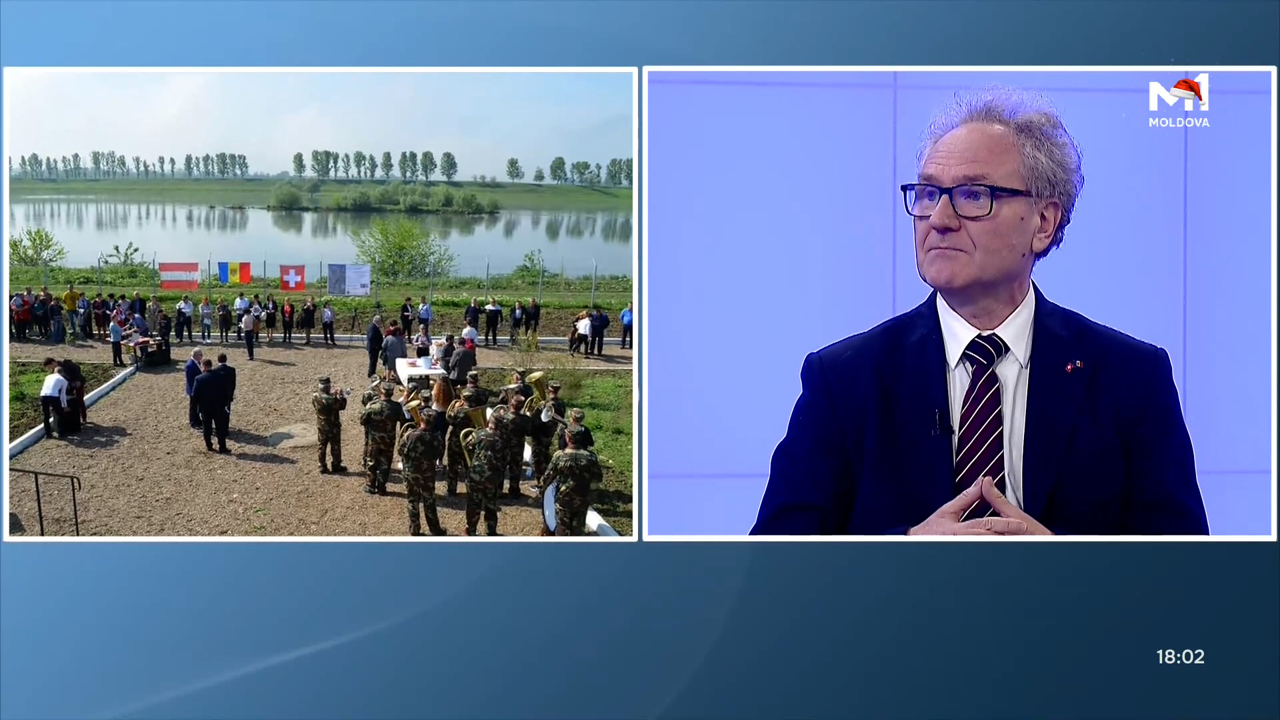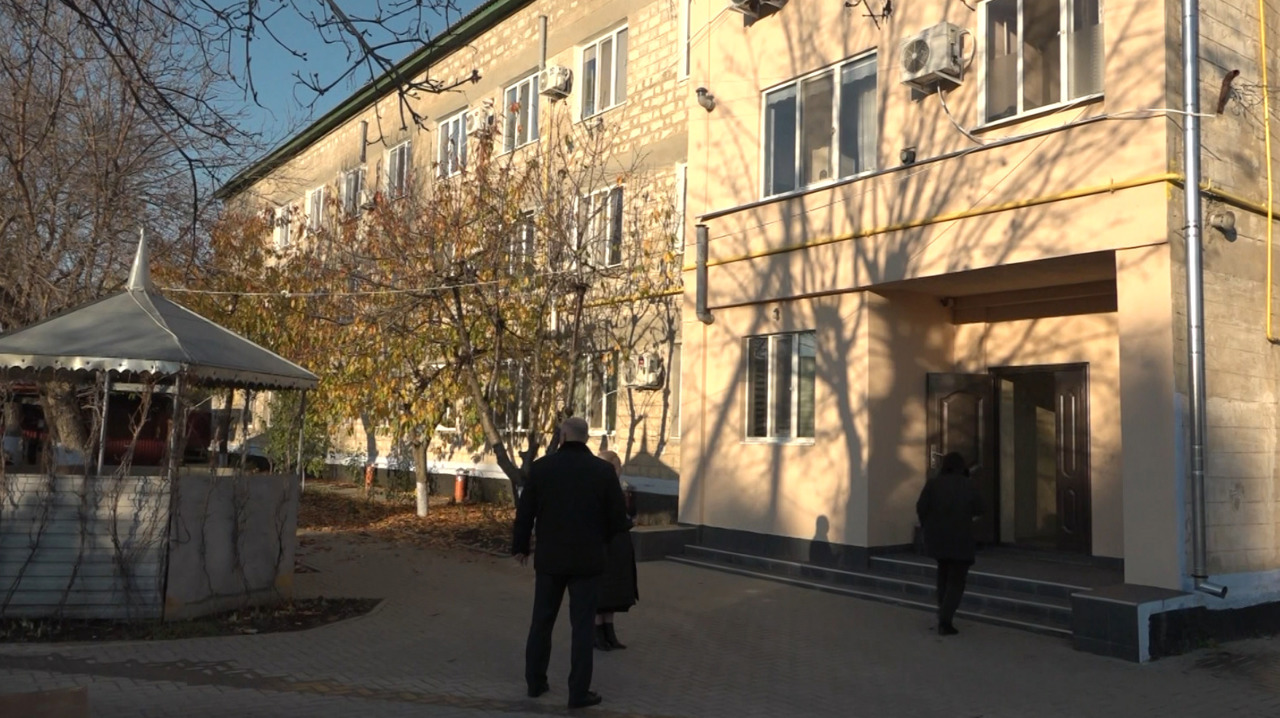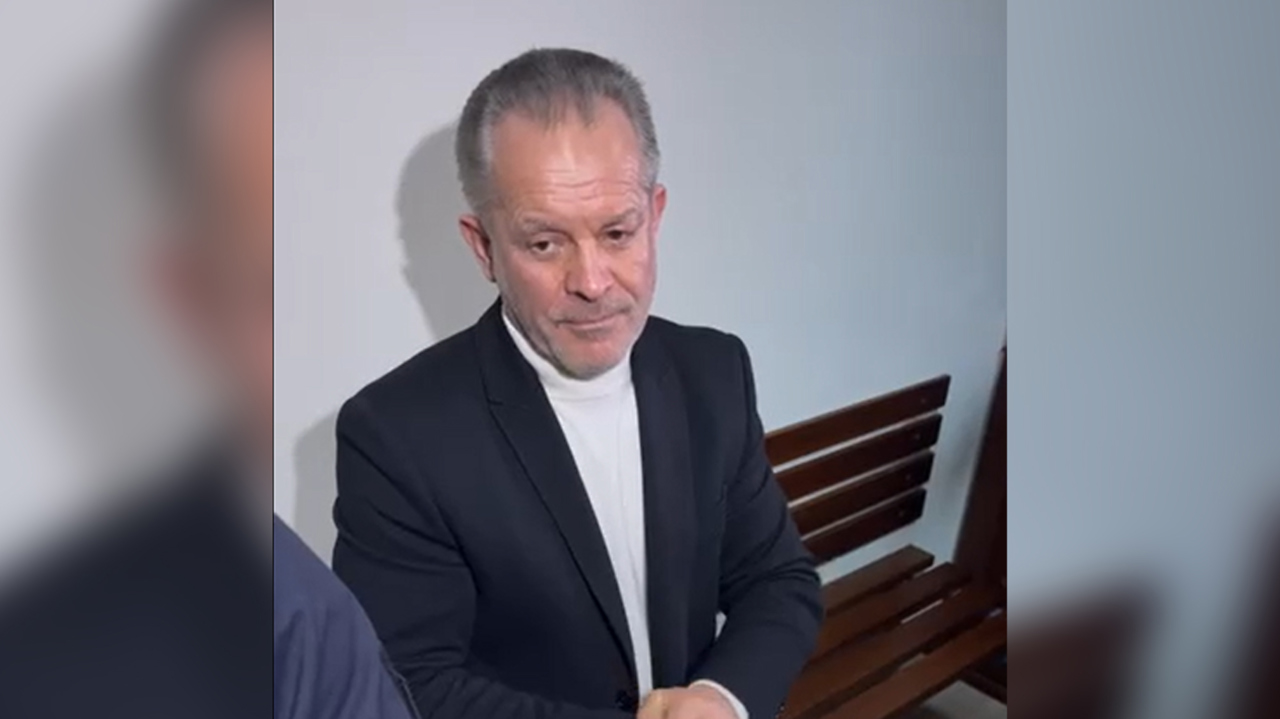Trump pushes 5% defense spending in NATO amid global tensions
The press and politicians worldwide have been discussing the latest statements by the U.S. President-elect Donald Trump, who, during a press conference on January 7, threatened to use "economic force" against Canada.
This came after he had suggested the day before that it would be in Canada’s best interest to become "the 51st U.S. state."
Shortly after Canadian Prime Minister Justin Trudeau announced his resignation on January 6, Trump stated that Canada should "merge" with the United States.
Additionally, Trump refused to rule out the use of force to annex the Panama Canal and Greenland and, more importantly, emphasized that NATO member countries would need to increase their defense budgets to 5% of GDP.
In February of the previous year, during a rally in South Carolina, Trump sparked strong reactions when he questioned NATO’s principle of solidarity, accusing allies of being "deadbeats"—lazy and delinquent in paying their dues.
Trump’s criticism of European allies is not new; during his first term (2017-2021), he had already criticized the perceived imbalance in NATO funding, claiming that some countries were not contributing fairly to the alliance.
Even Trump’s adversaries agree that his accusation—that NATO member countries, an alliance he labeled as "obsolete," were not fulfilling their financial obligations—is not entirely unfounded.
However, European NATO members have increased their defense spending in recent years, primarily as a result of Russia's invasion of Ukraine in February 2022.
NATO estimates that 23 out of its 32 members (including 16 EU countries) will meet the goal of spending 2% of their GDP on defense by 2024, compared to just six countries in 2021. Italy, Belgium, and Spain are among the countries that still have to reach the 2% threshold.
Germany’s reluctance to double defense budget
Several German politicians have rejected Trump’s suggestion that European NATO members should spend 5% of their GDP on defense, more than double the current target.
According to NATO data, no member of the alliance currently spends 5% of its GDP on defense. Poland is the largest spender as a percentage of GDP, at 4.12%, followed by Estonia at 3.43%, and the U.S. at 3.38%.
Germany is expected to meet the 2% target for the first time this year, following Chancellor Olaf Scholz’s 2022 promise to overhaul the country’s military, ending years of taboos around this issue.
Nevertheless, officials and reports have repeatedly suggested that Germany's military is in an advanced state of unpreparedness. A report released by the German parliament in March 2024 found that the Bundeswehr was "aging and losing personnel," with significant shortages in equipment and staff.
Ralf Stegner, a member of Germany’s Social Democratic Party (SPD), described Trump’s comments as "delirious and absolutely insane" in a Facebook post.
Marcus Faber, head of the German parliament’s defense committee, agreed that 5% was too high. He stated that NATO countries would need to agree on a new defense spending target above 2%, but suggested that 3% would be a more feasible consensus.
The general consensus in Germany’s political system is that the country should either maintain or increase its military spending—many parties promoting an increase as part of their campaigns for the upcoming federal elections, scheduled for February 23.
Robert Habeck, the Green Party’s candidate for chancellor, told Spiegel magazine that Germany should aim for 3.5% in the coming years.
"Geopolitically, it is predictable that Germany and Europe will have to take on more responsibility for our security. Anything else would be naive, given the position of the U.S.," said Habeck.
Friedrich Merz, leader of the opposition Christian Democratic Union (CDU) in Germany and the man expected to succeed Scholz as chancellor, said on Wednesday that the country would spend more on defense, but would not be bound by a specific spending target.
"The 2%, 3%, or 5% targets are practically irrelevant. What matters is that we do what is necessary to defend ourselves," Merz told Bayerischer Rundfunk radio.
In 2023, NATO member countries’ military budgets totaled about $1.1 trillion, with two-thirds—67%—of that amount coming from the U.S. defense budget, while the U.S. GDP accounts for more than half (53%) of the total GDP of NATO member countries. In real terms, defense spending across the alliance increased by 11% in 2023 compared to 2022.
UK—NATO drills with Romania
The United Kingdom reaffirmed its strong commitment to NATO by assuming leadership of the "Steadfast Dart 25" military exercise, a large-scale operation conducted in Romania and Bulgaria in January and February 2025.
The exercise will focus on the rapid deployment of NATO’s newly established Allied Reaction Force (ARF), an initiative designed to enhance the alliance’s defensive capabilities and ensure a swift response to any emerging threats.
The UK is contributing the largest force, with over 2,600 troops and 730 vehicles stationed on NATO's eastern flank.
This will be the first major exercise for the new Allied Reaction Force, demonstrating NATO’s readiness to mobilize and deploy forces swiftly to defend its borders. The UK’s involvement will help set a cooperation standard among NATO allies and strengthen the alliance’s ability to operate seamlessly together.
During the exercise, British forces will work alongside personnel from NATO's other 10 member countries, conducting two drills before returning to the UK by the end of February. Among the 730 vehicles deployed, the UK will bring specialized equipment, including Foxhound and Jackal vehicles, to showcase its advanced military capabilities.
Translation by Iurie Tataru






